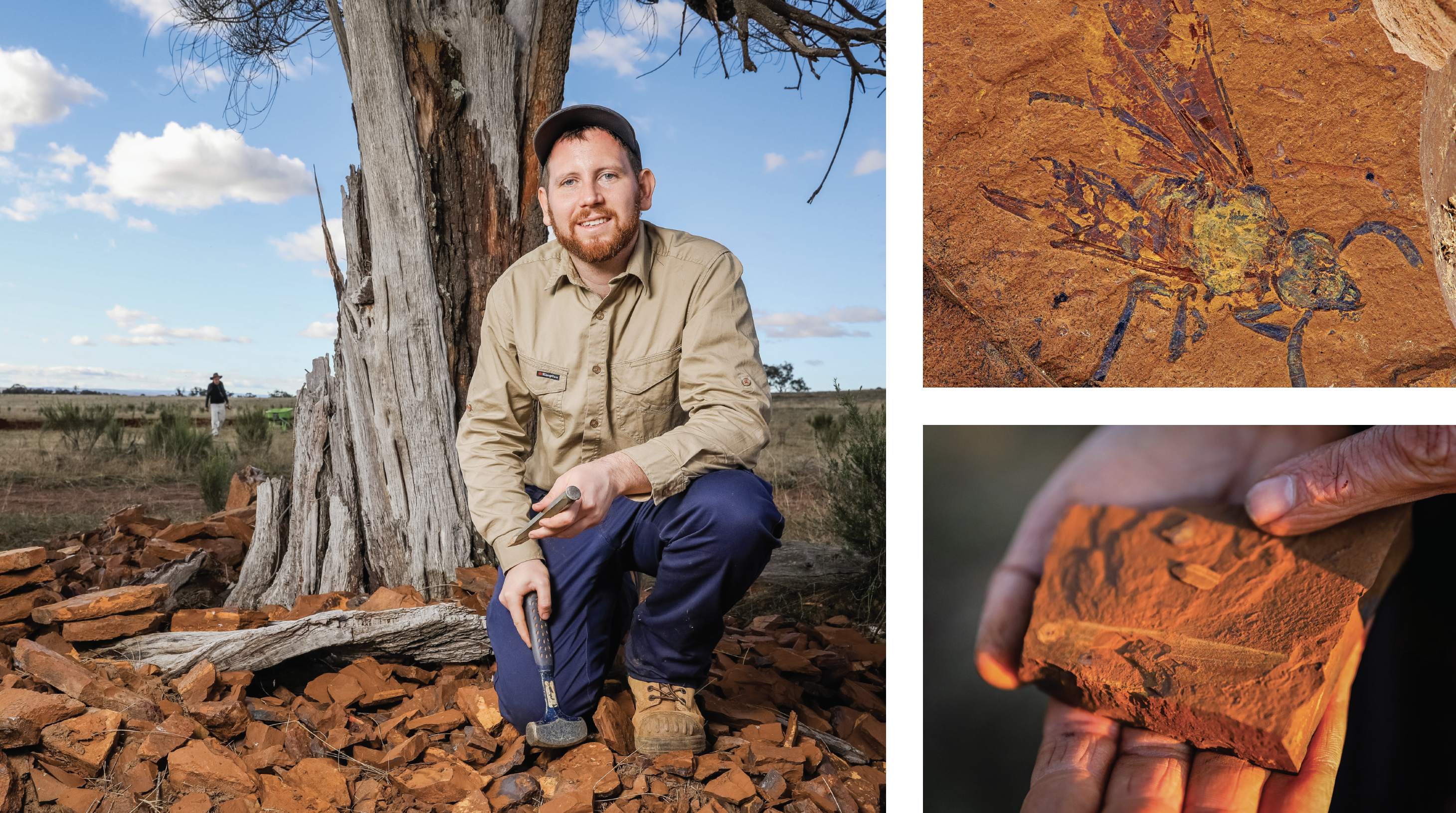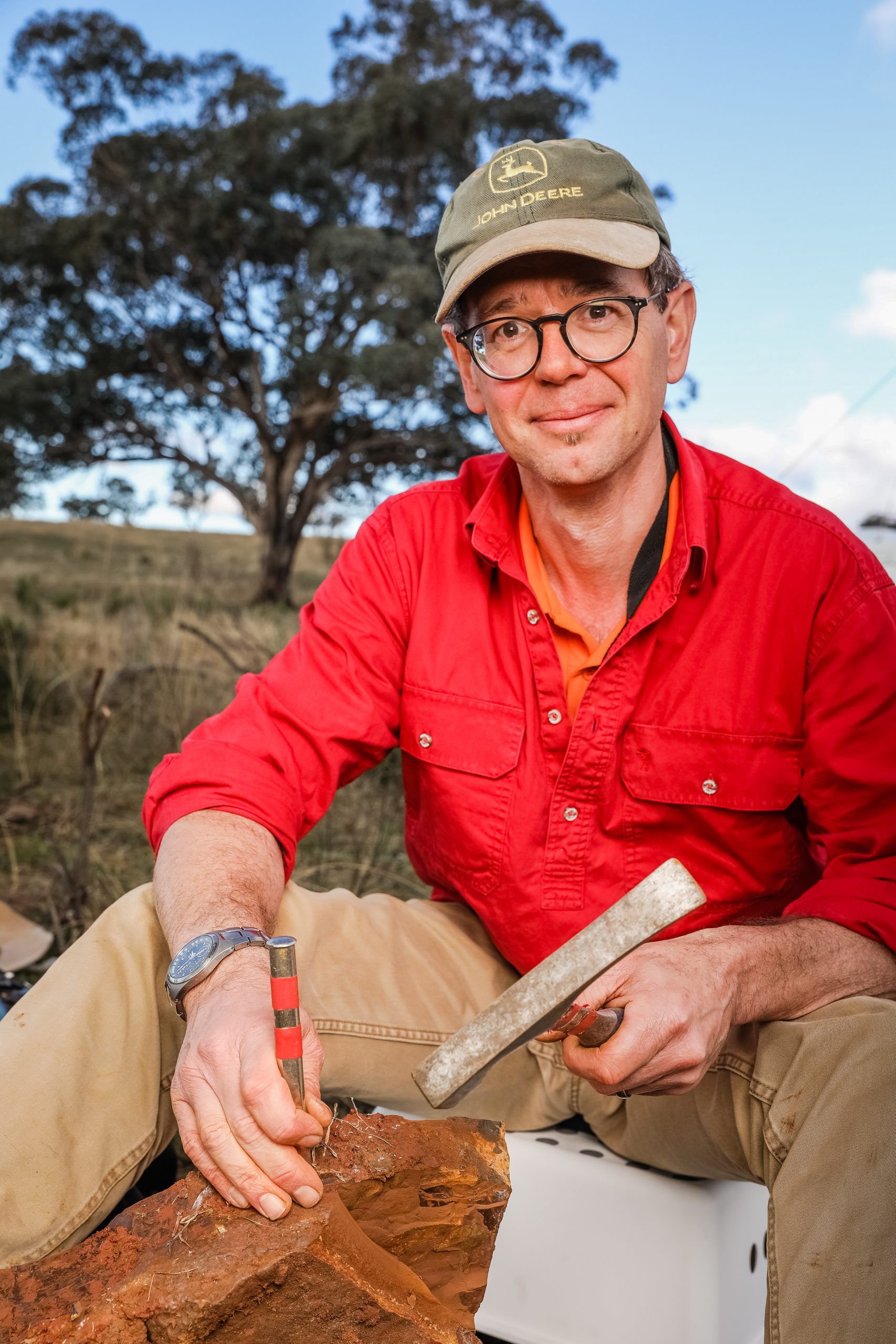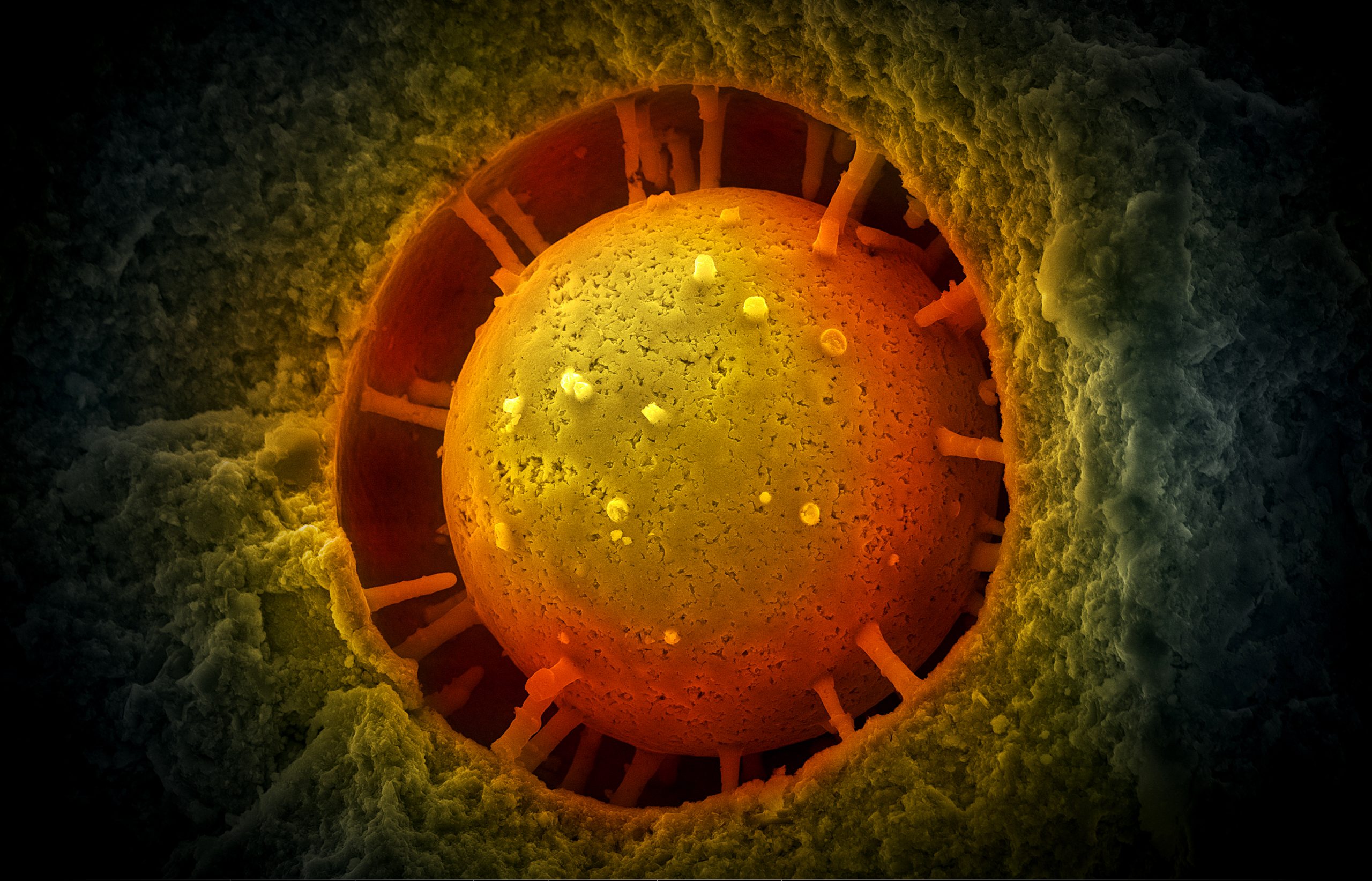The Miocene is a period where reduced rainfall triggered the retreat of rainforests around the world. In Australia, this led to a rapid transition from wet, humid rainforests to the shrublands, grasslands, and deserts of today. This transition resulted in the middle-Miocene extinction event, where many species died out. The Miocene period therefore provides important insights into how species adapt or perish in a changing climate.
In Australia, there are very few well-preserved Miocene fossil sites. The two known sites mostly contain the skeletons of larger animals, with very few insects, fish, and plants. This leaves a significant gap in understanding what our local Miocene ecosystem looked like.
A new Miocene fossil site with unprecedented preservation, dated to around 15 million years ago, has been uncovered at McGraths Flat in Western NSW. This site is unique in the world, with soft tissue preservation so exceptional that even pigment-storing sub-cellular structures can be seen, allowing researchers to reconstruct the colours and patterns of these creatures. It has been described as a ‘Rosetta Stone’ for this middle Miocene environment.

Left: Photo of Dr Matthew McCurry at the McGraths Flat site in Western NSW. Right: Fossil samples show the extremely high level of preservation found at the site. Australian Museum © Salty Dingo 2020 CG

A/Prof. Michael Frese who took the scanning electron microscope images. Australian Museum © Salty Dingo 2020 CG
A diverse team, led by Dr Matthew McCurry from the Australian Museum and A/Prof. Michael Frese from the University of Canberra, have spent the last three years excavating and cataloguing over 2,000 fossils including rainforest plants, insects, spiders, and fish that haven’t yet been identified.
A/Prof. Frese used a scanning electron microscope (SEM) at Microscopy Australia’s Australian National University facility to reveal microfossils including individual plant and animal cells and even very small sub-cellular structures.
“The fossils also preserve evidence of interactions between species. For instance, we have stomach contents preserved in the fish, meaning that we can figure out what they were eating. We have also found examples of pollen preserved on the bodies of insects so we can tell which species were pollinating which plants,” Dr Frese said.

This artificially coloured scanning electron microscopy image shows an ‘acritarch’, i.e., a microfossil of uncertain origin. While many acritarchs are believed to be algae or dinoflagellates, the exact taxonomic affiliation of the depicted fossil is not known. Whatever it is, this specimen nicely showcases the high-fidelity preservation of fossils from McGraths Flat. Image by A/Prof. Frese.
“The McGraths Flat plant fossils give us a window into the vegetation and ecosystems of a warmer world, one that we are likely to experience in the future. The preservation of the plant fossils is unique and provides important insights into a time period for which the fossil record in Australia is rather poor” – David Cantrill, botanist, Royal Botanic Gardens Victoria.
M. McCurry et al. Science Advances, 2022
DOI: 10.1126/sciadv.abm1406
This artificially coloured scanning electron microscopy image shows yeast-like fungal cells, exquisitely preserved with birth and bud scars (coloured blue). This image showcases the detailed preservation of individual cells in the sediments of McGraths Flat, a 15 million year old rainforest. Image taken by A/Prof. Michael Frese and coloured by Mike Cheeseman.
November 1, 2023